This week it started with a Dissertation brief and a Graduation Brief. It was insightful to know how this semester will start and understand how it works and what to expect for this semester. I’ll just go in straight with the homework Vikas gave to us, he told us to create a presentation deck for our topic/ area of research, personal reflection literature, precedents, a couple of my past works, what my interest at the moment, and what I’d like to learn better during this semester. I’ll be going through every point he gave us but first I’d like to explain my area of research and how I came around this project.
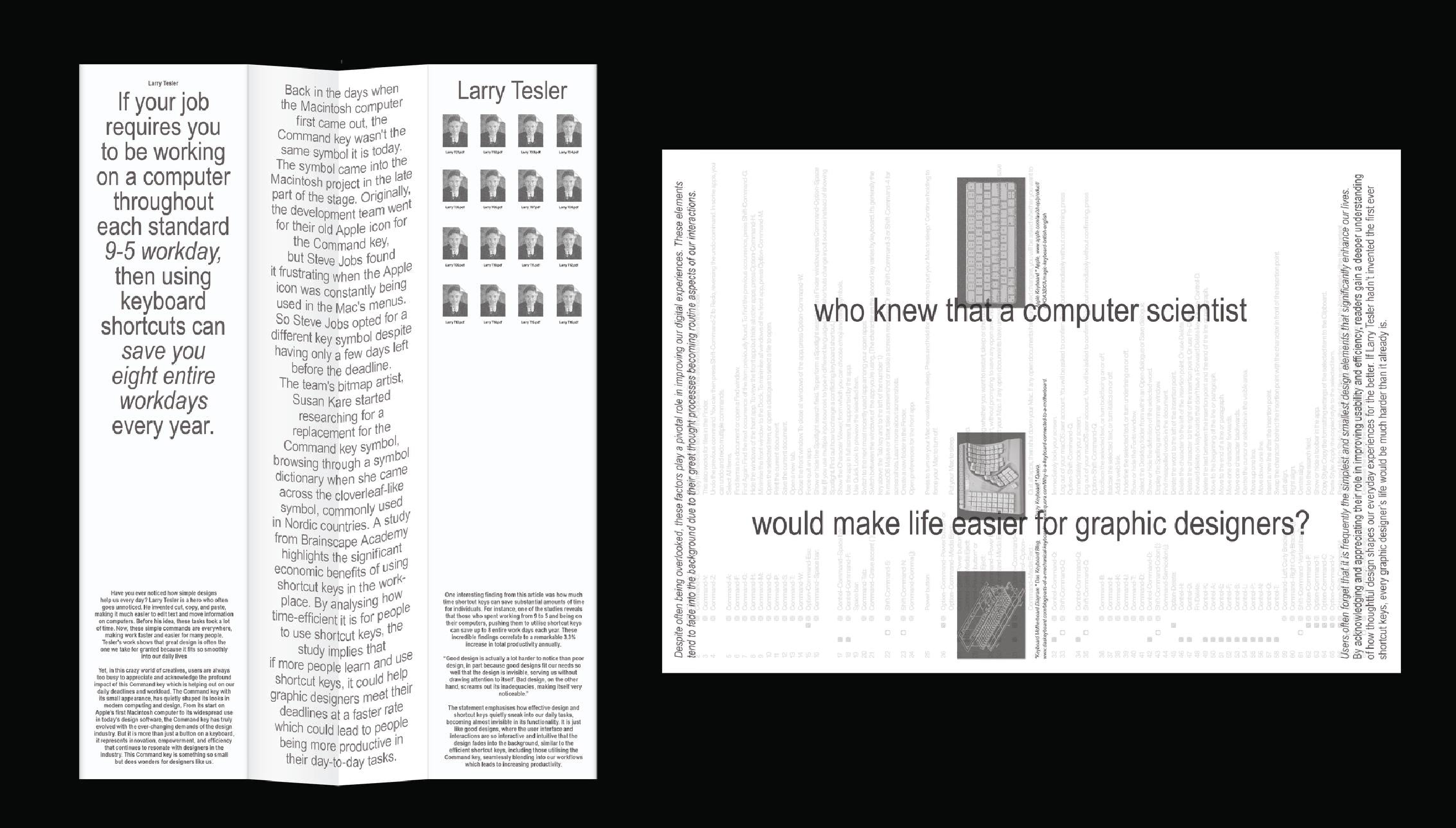
It all started when I was at RMIT for an exchange program. I was in one of the written assignment modules as it was a compulsory module when doing an exchange program. The brief of the written assignment modules was to write about what object/artist is most unappreciated in the design industry, so what I thought was some too many designers & artists are least appreciated for their meaningful design. It would be unfair if I were to just talk about one artist because I think most artists and designers who put effort into their project deserve some attention at least, so being fair I've decided to pick an object, I have many objects that I've listed back then, one of it was even an X-acto pen but I have narrowed it down to the Command Key.
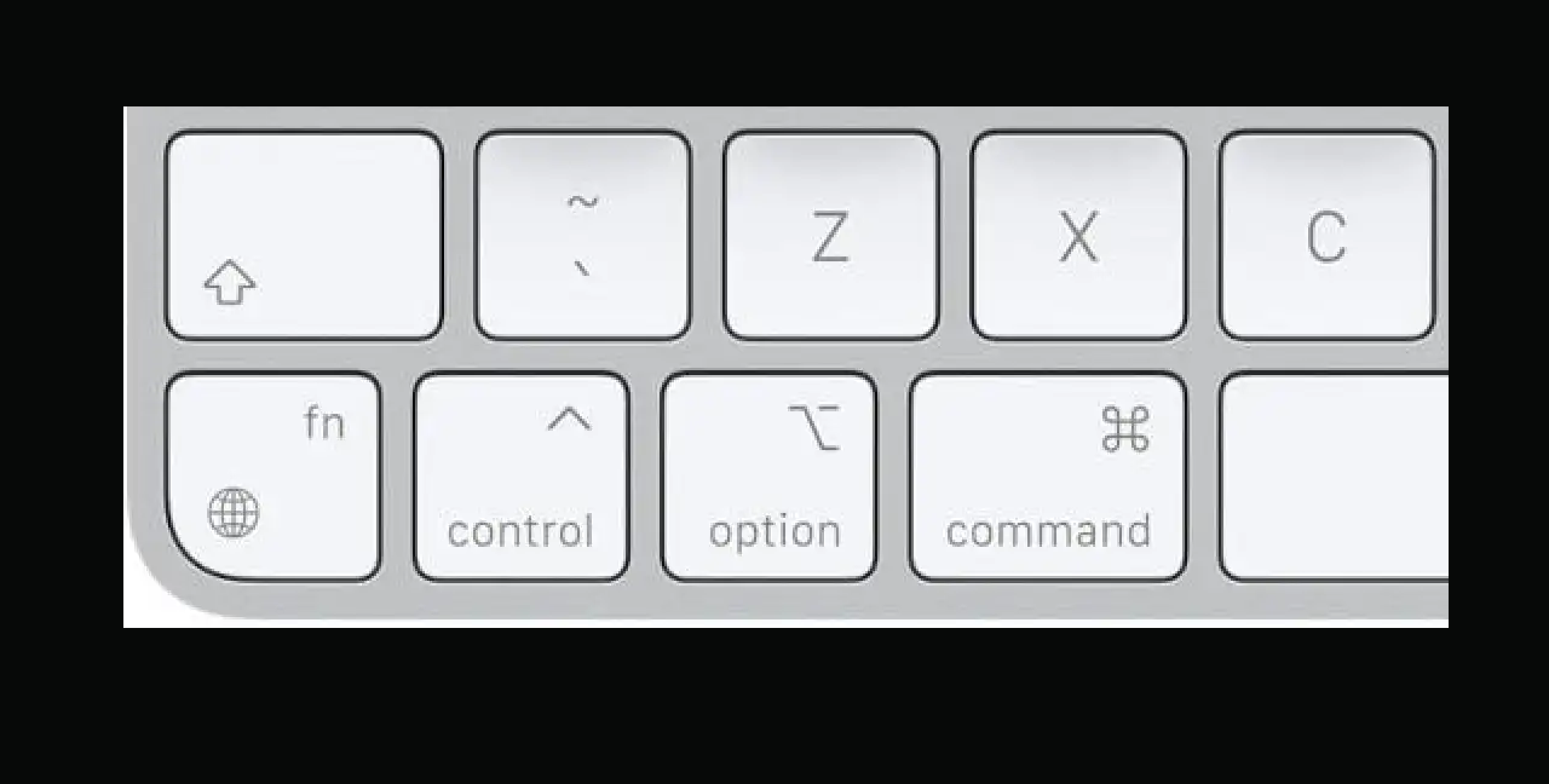
How does a simple button impact a designer's life? The Command key has truly helped every designer, not just the Command key but also all the shortcut keys we use in our everyday lives; Cmd+C/ Cmd+V are the most important shortcut keys in everyone's lives (not just for designers but even a normal receptionist) to be a little more efficient in managing workload. The Command key is what sparks my interest that in our lives we have many little ubiquitous objects that are often under-appreciated in the design industry or even in anyone's lives. So this Command key project sort of led me to choose the topic of the keyboard and how it is also an important part of the designer's life, it isn't just a meditator between the user and the screen, it is a build for efficiency, the layout of the keys is placed in a way to prevent typewriters from jamming which led to users having muscle memory hence why despite the drastic change between the typewriter and the keyboard now, the QWERTY keyboard did not change.
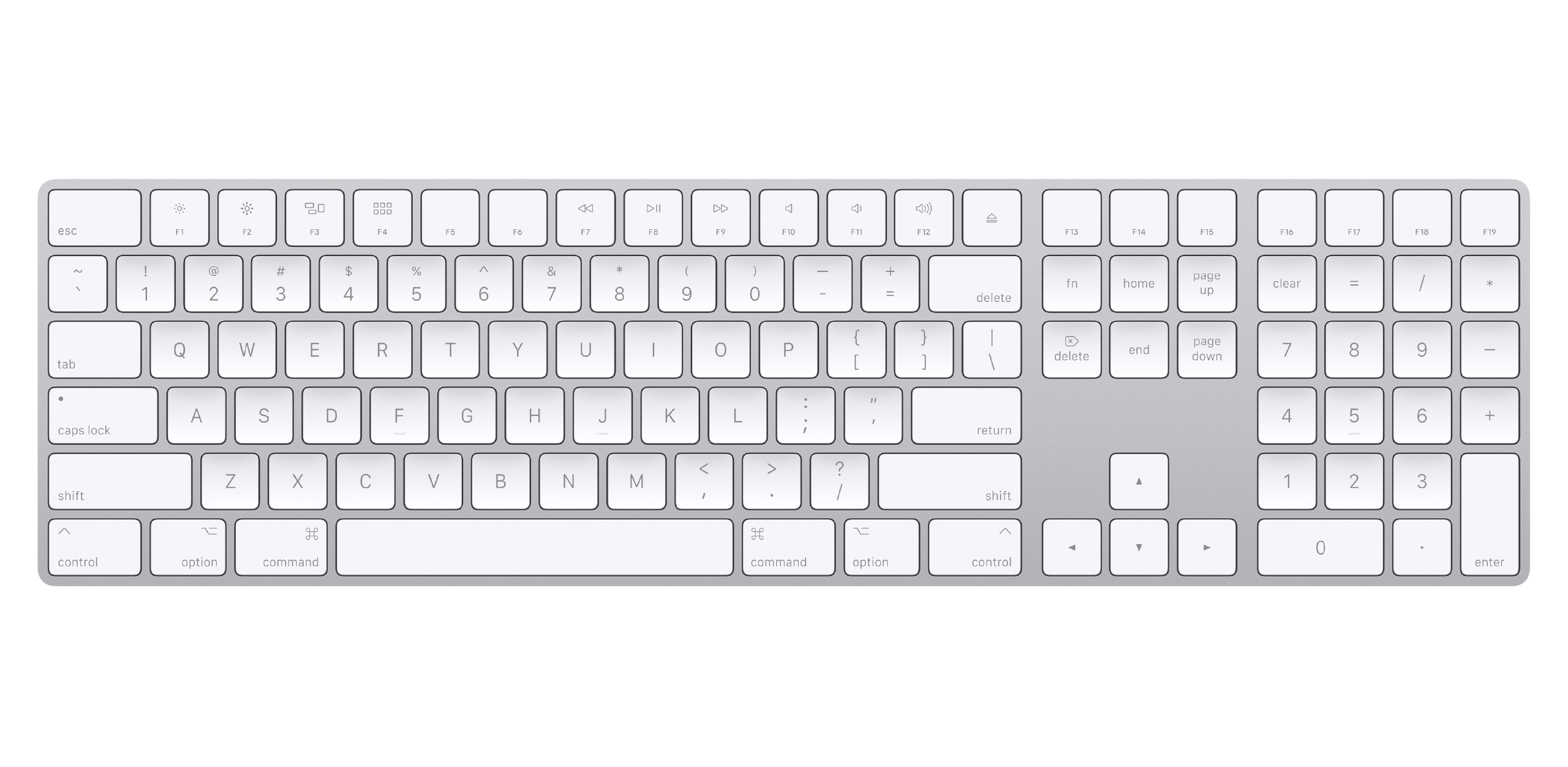
The keyboard can be seen as a divider/border between the user and the screen, we are so careful of what we type on the draft of the email we are about to send or we are constantly tip-toeing on what to say when sending a message to someone who has a higher position (in the job) than us. For us designers, it is so easy to put our ideas on a piece of paper and a pen, we can just draw without worrying because we know it is just 'sketching' but when we are on the keyboard our ideas don't flow easily... Why? Because the keyboard is a barrier, we just don't see how it is a barrier.
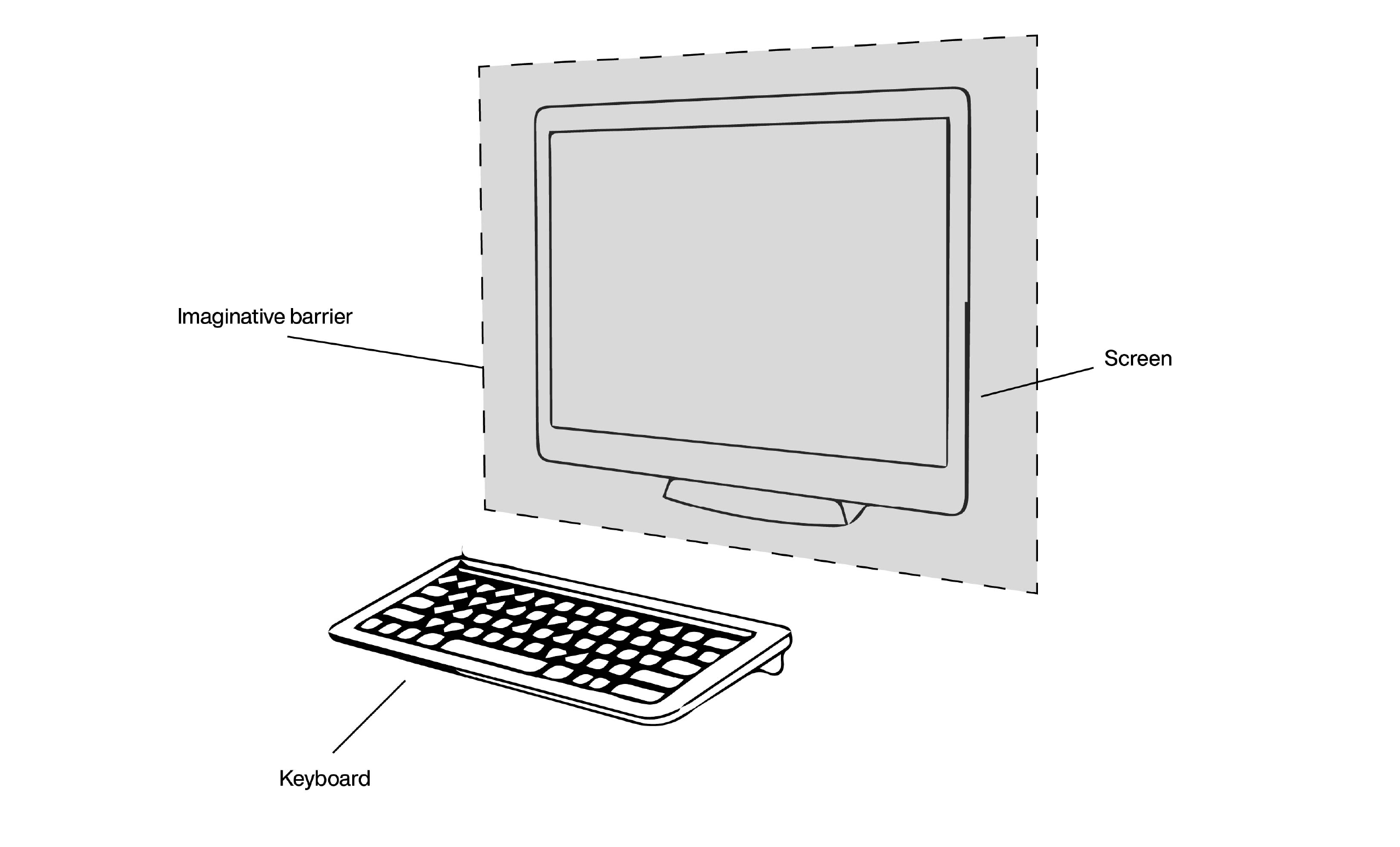
A barrier that stops us from having constant creativity despite how efficient the keyboard can be, a barrier that stops us from having communication that sounds more sincere. That is how I came about with my keyboard, not gonna lie here but at first when I started this keyboard research, it was very straightforward research because I didn't know how should I go about this project, I mean I knew that I wanted to do the keyboard because I was already interested with how the system works but I wasn't looking at the keyboard from another point of view, I wasn't using my brain properly so before I started this project and prepping the slides that Vikas told me too.
This research helped me form a short paragraph on how I can clearly explain my project "My project aims to look closely at how the keyboard, as a tool, affects the way we think, create, and communicate. By digging into how it shapes our interactions, I want to challenge the usual focus on efficiency and instead encourage deeper, more creative ways of using this everyday device. My goal is to rethink keyboard design to support more thoughtful and innovative ways of interacting with technology. I've read a couple of readings that strongly support my topic,
"It’s all about how we use the tool to extract the value for our lives while limiting the downsides. It’s about how to learn to use the internet intentionally rather than mindlessly."
This is an article that strongly supports my topic. This reflection made me see that just like the internet can distract us from deeper engagement, keyboards might also limit how creatively and thoughtfully we use technology. This realisation inspires my project to rethink keyboard design, aiming to create tools that are not just efficient but also encourage more thoughtful and creative use. How we see the keyboard just as a mediator but it has this invisible barrier between the user and the screen. It is not the same as when we have a pencil and paper, our thoughts flow easily compared to typing on the screen or creating a sample sketch on the screen.
The idea that the Internet has become a "distraction machine" really struck me because it captures how easily we can slip into mindless scrolling and clicking. It made me reflect on how we often use technology without much thought, which parallels how we might use keyboards and other input devices without considering their deeper impact.
This insight is a key learning point for my project. It underscores the need to challenge the existing norms of keyboard design, which often prioritise efficiency over creativity and thoughtful engagement. Inspired by this perspective, I aim to rethink the role of the keyboard to create more meaningful and innovative ways of interacting with technology. This project is about moving beyond mere functionality and considering how our tools can better support creativity and deep thinking.
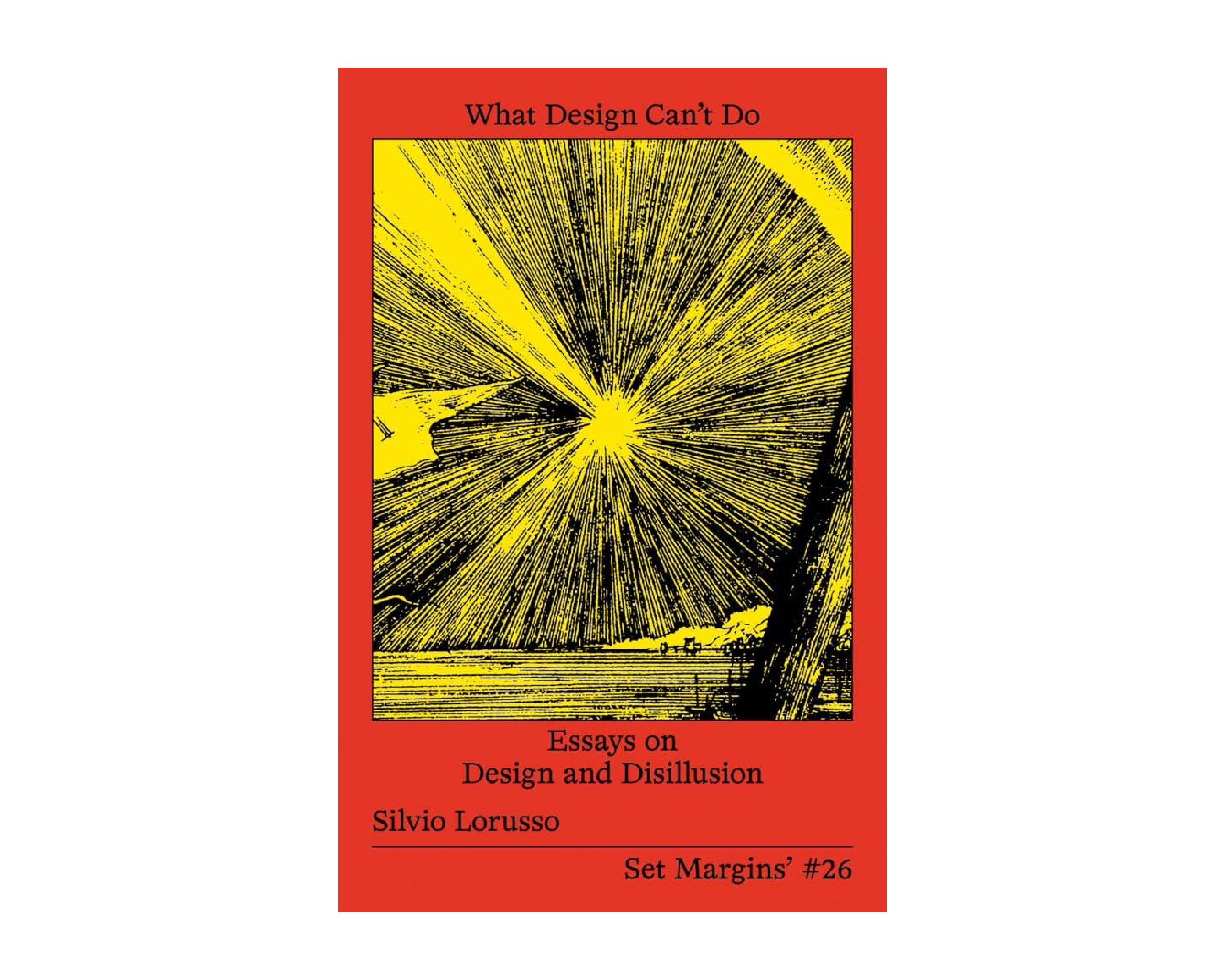
Another reading I found was this book I read during my exchange program, called "What Design Can't Do" by Silvio Lorusso. This book argues that design can't fix all problems in the current world or make big changes by itself. This book helps me to look at how design often falls short and highlights that design's impact is sometimes overestimated hahaha but it continues to encourage us to think critically about what design can do and can't do. The quote I got from this book was in a chapter about how there are too many designers these days and they are all making artefacts and in time we would be living in a world of complex industrial mass production systems that made millions of identical products.
".. the environment's capacity to 'design' us is more vigorous than ours to design it.”
This quote means that our tools and environments, like keyboards, have a big impact on how we think and behave. Often, this impact is stronger than the control we have over designing those tools. Keyboards are not just passive tools; they shape how we interact with technology and think creatively. If we rethink keyboard design(?), we might change how it affects our creativity and interactions. This quote shows that our tools, like keyboards, shape how we think and act more than we shape them, we might overlook how these designs impact our creativity and interaction with technology.
This reflection reinforces the aim of my project to challenge existing norms and explore how better design can foster deeper cognitive engagement and innovation. The idea that our tools, like keyboards, often shape us more than we shape them can be seen in how they influence our habits, thought processes, and even creativity. For example, when humans created shortcut keys, it was because we realised it could be more efficient to press a few buttons instead of constantly moving the mouse. This innovation made tasks quicker and streamlined our workflows.
However, it also shaped how we approach tasks—pushing us to prioritise speed and efficiency. Over time, this can lead to a mindset where we're more focused on getting things done quickly rather than exploring more creative or thoughtful ways of working. So, while we designed shortcut keys to make things easier, they've ended up influencing how we think and work, sometimes limiting the depth of our engagement with the tasks we perform.
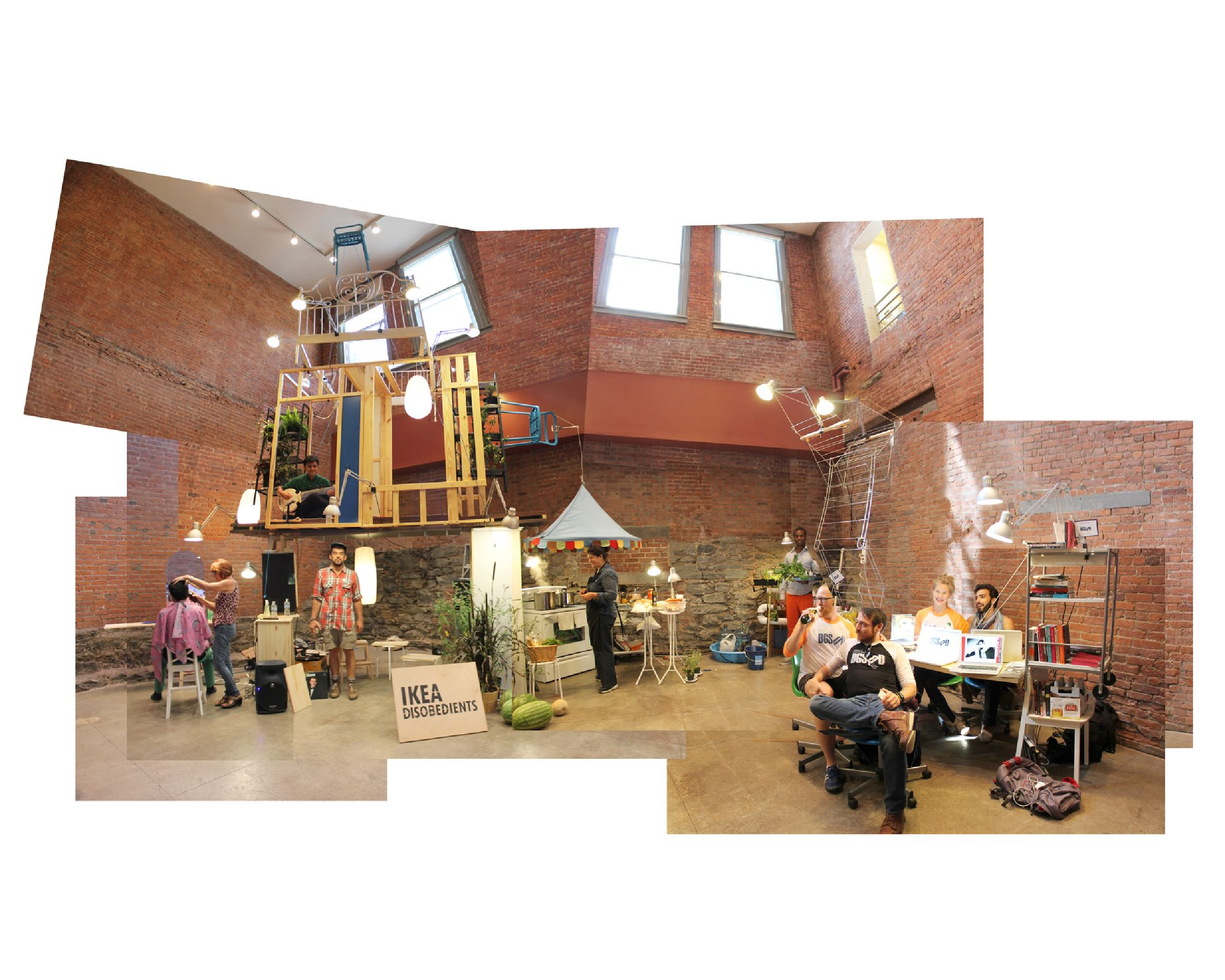 Moving on to the next section that talks about what projects relate to your topic and how you can imply it into your project. I researched and found this artist, Martí Guixé, who did an installation about IKEA products on how they are standardised and mass-produced which then leads to mass consumerism. The project critiques the standardised, mass-produced nature of IKEA furniture by encouraging users to "disobey" the intended assembly instructions and create their own versions of the furniture. The project challenges the idea of uniformity and conformity in design, pushing users to think creatively and take control of the design process themselves.
Moving on to the next section that talks about what projects relate to your topic and how you can imply it into your project. I researched and found this artist, Martí Guixé, who did an installation about IKEA products on how they are standardised and mass-produced which then leads to mass consumerism. The project critiques the standardised, mass-produced nature of IKEA furniture by encouraging users to "disobey" the intended assembly instructions and create their own versions of the furniture. The project challenges the idea of uniformity and conformity in design, pushing users to think creatively and take control of the design process themselves.
This is a close metaphor to my project, it encourages the user to think differently and think critically about what we do on a day-to-day basis, on whether it is helping us in a way or not. Sort of relates to my project, to go and explore the different habitats of the keyboard users and explore how efficiency can ruin creativity when efficiency is prioritised in most devices.
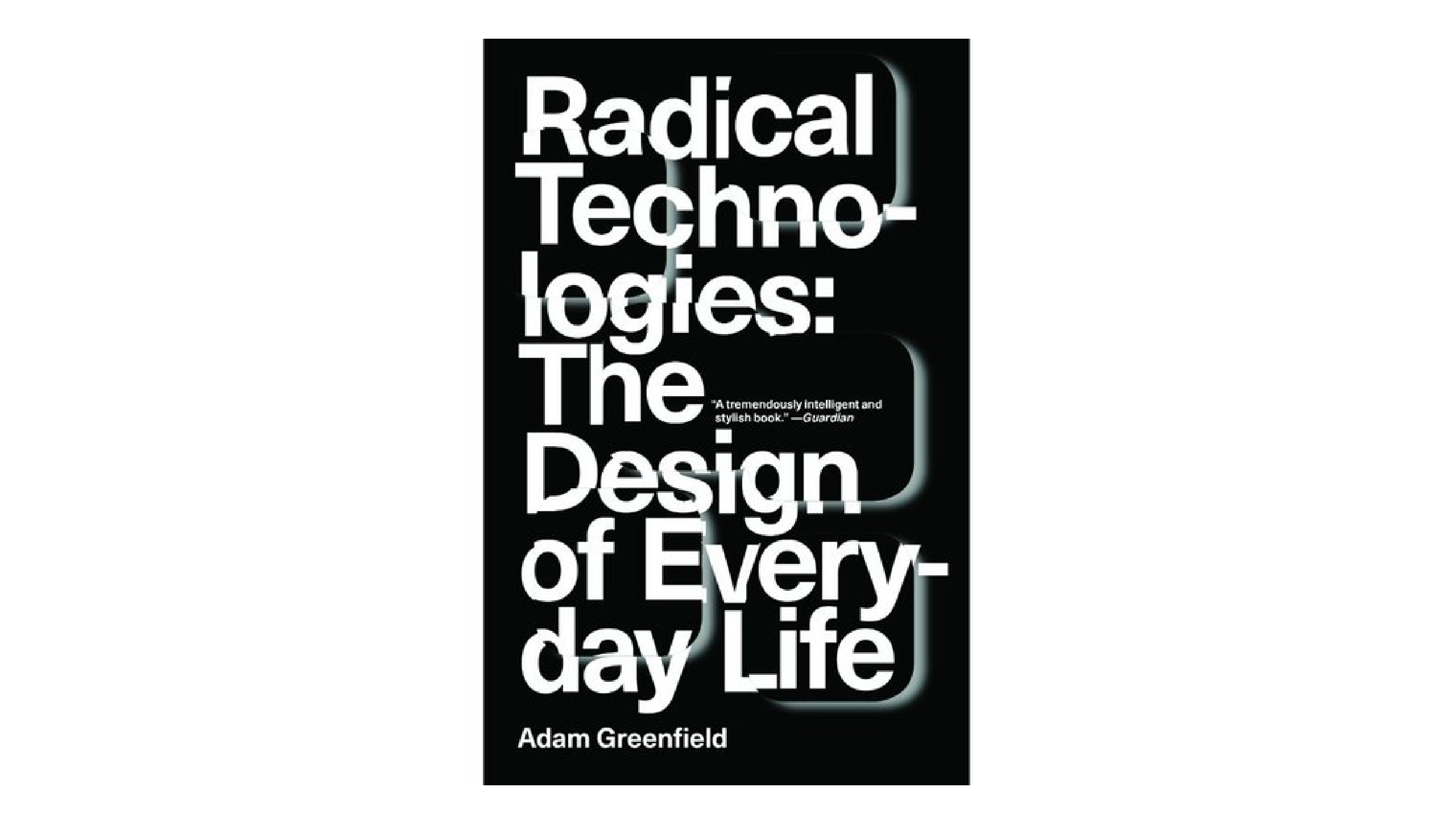
This book talks about how new technologies like smartphones, AI, and smart devices are constantly changing how we live every day. It explains how these tools or devices influence our actions, thoughts, and society as a whole. It also discusses the challenges and risks of relying on these technologies, this goes on to encourage us to think carefully about their impact on our lives. This book inspired my keyboard project because it made me question the role of technology today, pushing me to rethink how something as simple as a keyboard can influence our creativity and communication. Another one of my pre-existing obsessions is Fantasy movies but lately, I don't have the time for that as I am constantly occupied by school work and constantly researching about my project. Lately, I have been reading for my project, and only project. Also, during the consultation for the dissertation, Vikas gave me a couple of books to read, one of which is The Materiality of Interaction. I will start reading it next week and write what I have found from this book.
